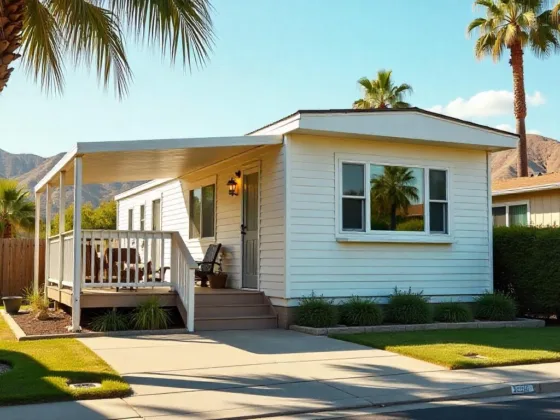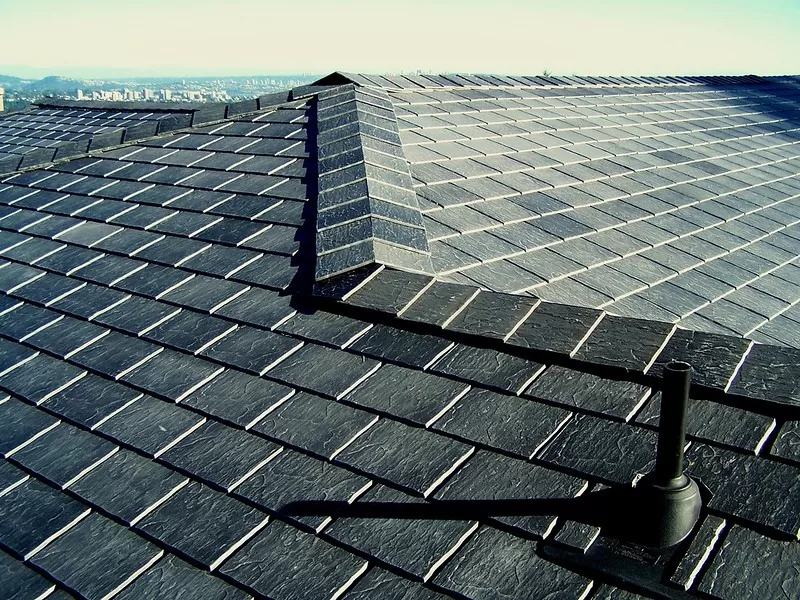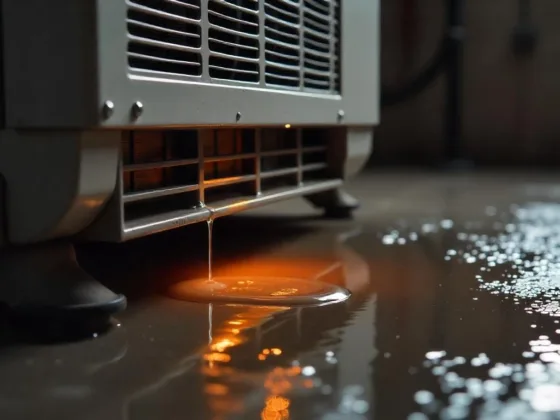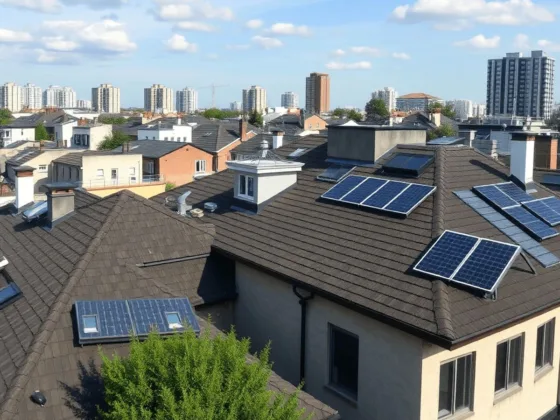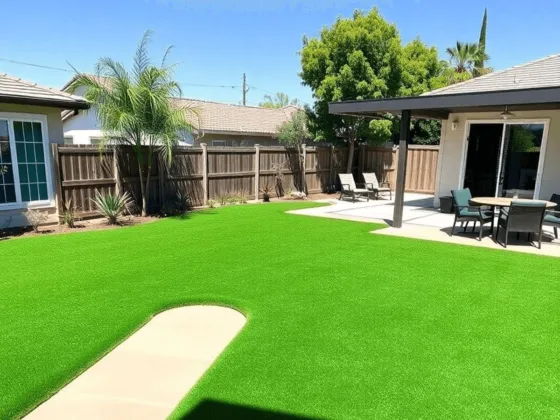What Is Low VOC Paint?
Low-VOC paint is designed to reduce the number of volatile organic compounds (VOCs) released into the air. These compounds are chemicals that evaporate at room temperature and can cause a range of health issues, from headaches to long-term respiratory problems.
Organic But Not Green
While the term organic might imply that something is environmentally friendly, this isn’t always the case with low-VOC paints. It’s important to note that many of these paints still contain synthetic ingredients that might not be sustainable.
- Misleading Terminology: The word organic refers to the chemical composition rather than environmental impact. In chemistry, organic compounds are simply those containing carbon atoms.
- Synthetic Ingredients: Despite having lower VOC levels, these paints can still include artificial preservatives, binders, and other additives that may not break down easily in nature.
It’s crucial to understand that organic in this context refers to the chemical structure of the compounds used rather than their ecological footprint. For instance:
“Organic chemistry deals with carbon-based compounds, but this doesn’t guarantee biodegradability or non-toxicity,” explains Dr. Jane Smith, an environmental scientist.
When selecting a paint, consider looking for additional certifications or labels that address sustainability specifically:
- Eco-friendly Seals: Look for certifications such as GreenGuard or EcoLogo, which evaluate a product’s overall environmental impact.
- Natural Ingredients: Some manufacturers offer paints made from natural materials like clay or milk proteins, which are more sustainable options.
By understanding the nuances behind terms like organic, you can make more informed choices that align with both health and environmental goals.
Energy-Tight Is Chemical-Tight
Modern energy-efficient homes are often sealed tightly to maintain temperature control. However, this also means that any chemicals released within the home, such as VOCs from paint, have nowhere to go. This can lead to indoor air pollution levels being significantly higher than outdoor levels.
Why This Happens:
- Sealed Environments: The advanced insulation and sealing techniques used in energy-efficient homes trap air indoors to prevent heat loss or gain.
- Limited Ventilation: Reduced natural ventilation means that contaminants like VOCs (Volatile Organic Compounds) can accumulate more easily.
- Indoor Sources of Pollution: Common household items such as paints, cleaning products, and even furniture can release VOCs and other chemicals into the air.
Impact on Indoor Air Quality:
- Concentration of Pollutants: Since there’s limited airflow, pollutants can reach concentrations much higher than outdoors.
- Health Risks: Prolonged exposure to high levels of VOCs can cause various health issues, including headaches, dizziness, respiratory problems, and even long-term chronic conditions.
According to the Environmental Protection Agency (EPA), indoor levels of pollutants can be 2 to 5 times higher than outdoor levels.
Mitigation Strategies:
- Use Low-VOC Products: Opt for low-VOC or zero-VOC paints and finishes to minimize the introduction of harmful chemicals.
- Improve Ventilation: Ensure proper ventilation during and after painting; using exhaust fans or opening windows can help disperse VOCs.
- Air Purification: Consider using air purifiers with activated carbon filters to reduce airborne chemical pollutants.
Dr. Jane Smith, an environmental scientist, notes:
“Understanding how your home’s design affects air quality is crucial. Even energy-efficient homes should incorporate strategies for maintaining healthy indoor air.”
By recognizing the connection between energy efficiency and indoor air quality, you can take steps to create a healthier living environment while still benefiting from reduced energy consumption.
Always Read the Label
Not all low-VOC paints are created equal. Always read the label to determine exactly what is in the product. Here are some key points to consider:
- VOC Content: Look for specific claims about VOC content. Products should clearly state the grams per liter (g/L) of VOCs they contain. Aim for paints labeled as “low-VOC” (50 g/L or less) or “zero-VOC” (5 g/L or less).
- Ingredient List: Avoid paints that do not provide detailed ingredient lists. Transparency is crucial for ensuring you’re not inadvertently introducing harmful chemicals into your home.
- Compliance with Standards: Labels should indicate compliance with standards set by organizations like the Environmental Protection Agency (EPA). This guarantees that the product has undergone rigorous testing for safety and environmental impact.
Additionally, look for other certifications that denote a product’s environmental friendliness and safety:
- GreenGuard Certification: Indicates that a product meets strict chemical emissions limits.
- LEED Compliance: Ensures that the paint contributes to healthier indoor environments and sustainability.
Taking these steps ensures you are making an informed choice, ultimately contributing to better indoor air quality and a healthier living space.
Look for the ‘Green Seal’
To ensure you’re choosing a truly low-VOC product, look for certifications like the Green Seal. This certification indicates that a product meets stringent environmental standards and has been independently tested for performance and safety.
Key Features of Green Seal Certification:
- Stringent Environmental Standards: Products must meet rigorous criteria that minimize their impact on human health and the environment.
- Independent Testing: Green Seal-certified products undergo thorough, third-party testing to verify their compliance with these standards.
- Sustainability Focus: The certification process evaluates the entire product lifecycle, from raw material extraction to manufacturing, usage, and disposal.
Benefits of Choosing Green Seal-Certified Products:
- Healthier Indoor Air Quality: By selecting products with the Green Seal, you reduce your exposure to harmful VOCs, contributing to a healthier living space.
- Reduced Environmental Impact: These products are designed to be more sustainable, helping you make eco-friendly choices that benefit the planet.
- Assured Performance: Despite being low in VOCs, Green Seal-certified products do not compromise on quality or durability.
When shopping for paint or other household products, always check for the Green Seal. It’s a simple yet effective way to ensure you’re making an informed and responsible choice.
Get a Second Opinion
Sometimes, labels and certifications can be confusing or misleading. Seek out reviews and second opinions from trusted sources such as consumer advocacy groups or environmental organizations. These resources can provide unbiased information on the best products available.
To make an informed decision:
- Consult Consumer Advocacy Groups: Organizations like Consumer Reports and Which? offer in-depth reviews and comparisons of various products, ensuring you get accurate and reliable insights.
- Refer to Environmental Organizations: Groups such as the Environmental Working Group (EWG) and Green America prioritize eco-friendly products, offering recommendations that align with sustainability goals.
- Check Online Forums and Communities: Platforms like Reddit, Quora, or specialized forums can provide real-world experiences from other consumers who have used the products you’re considering.
- Look for Scientific Studies or Reports: Academic institutions or research organizations often publish studies on product safety and environmental impact, providing data-driven conclusions.
By leveraging these resources, you can gain a comprehensive understanding of product performance, safety, and sustainability, empowering you to make the best possible choice for your needs.
Tone Down the Tint
Darker tints in paint often mean higher VOC levels due to additional colorants being used. If you want to minimize your exposure, consider opting for lighter shades which generally contain fewer volatile compounds. Here are a few points to consider:
- Colorant Additives: Darker paints require more pigment additives, which can increase the concentration of VOCs.
- Health Impact: Higher VOC levels can contribute to indoor air pollution, leading to potential health issues such as headaches and respiratory problems.
- Eco-Friendly Choices: Lighter shades not only reduce VOC exposure but also often require less energy-intensive manufacturing processes.
- Design Flexibility: Light colors can make spaces feel larger and more open, offering versatility in interior design.
By choosing lighter tints, you not only enhance your living environment’s aesthetic appeal but also contribute to a healthier home atmosphere.
Safe Disposal Still Crucial
Even though low-VOC paints are less harmful, they still require safe disposal methods. Improper disposal can lead to environmental contamination and pose health risks.
Here are some key points to remember:
- Never pour leftover paint down drains: Doing so can pollute water sources and damage plumbing systems.
- Avoid throwing paint in regular trash bins: Paints can leak, leading to soil contamination and posing hazards to waste management workers.
Proper Disposal Methods
To ensure you dispose of paint safely, follow these guidelines:
Check with Local Waste Management Facilities:
- Many communities have special collection days for hazardous materials, including paint.
- Some facilities offer drop-off locations specifically for household hazardous waste.
Look for Paint Recycling Programs:
- Some areas have programs that allow you to bring in unused paint for recycling.
- These programs often repurpose the paint for community projects or reprocess it into new products.
Use Up Leftover Paint:
- If you can’t recycle or dispose of it immediately, consider using leftover paint for touch-ups or smaller projects.
- Offer extra paint to friends, family, or local community groups who might need it.
Store Paint Properly Until Disposal:
- Keep containers sealed tightly to prevent spills and evaporation.
- Store them in a cool, dry place away from direct sunlight and out of reach of children and pets.
Follow Manufacturer Instructions:
- Some paint brands provide specific disposal instructions on their labels. Always read and adhere to these guidelines.
Taking these steps ensures that even environmentally friendly paints are disposed of responsibly, safeguarding both your home and the wider environment.
Conclusion
Choosing environmentally friendly paints is a significant step towards creating a healthier living space and reducing your ecological footprint. By paying attention to labels and certifications, such as the Green Seal, you can ensure that the products you select meet rigorous environmental standards.
Key Points to Remember:
- Get a Second Opinion: Leverage reviews from trusted sources like consumer advocacy groups or environmental organizations to make informed decisions.
- Tone Down the Tint: Opt for lighter shades of paint to minimize exposure to volatile organic compounds (VOCs).
- Safe Disposal: Always follow local guidelines for the disposal of unused paint to prevent environmental contamination.
Taking these steps will not only benefit your immediate environment but also contribute to broader ecological sustainability.
Resources
When it comes to choosing environmentally friendly paints and ensuring proper usage, a variety of resources can be invaluable. Below is a curated list of essential tools and references:
Online Databases
- Green Seal: This nonprofit organization offers a comprehensive database of certified green products, including eco-friendly paints. Visit their website for detailed information.
- EPA’s Safer Choice: The Environmental Protection Agency provides a list of products that meet stringent safety standards. Check out their Safer Choice program for options.
Retailers and Manufacturers
- Local Hardware Stores: Many local hardware stores offer eco-friendly paint options and can provide expert advice on the best products for your needs.
- Manufacturer Websites: Brands such as Benjamin Moore, Sherwin-Williams, and Behr have dedicated sections on their websites detailing their sustainable practices and product lines.
Educational Materials
- Guides and Tutorials: Many environmental organizations offer downloadable guides on choosing eco-friendly paints. For example, the Green Building Alliance provides extensive resources on sustainable building materials.
- YouTube Channels: Channels like DIY Creators or Home Repair Tutor often feature segments on using environmentally friendly paints, complete with step-by-step tutorials.
Community Forums
- Reddit Communities: Subreddits like r/HomeImprovement or r/SustainableLiving are great for asking questions and getting advice from like-minded individuals.
- Online Forums: Websites such as Houzz or DIY Network have forums where users discuss various aspects of home improvement, including paint choices.
Professional Services
- Consultation Services: Hiring a professional consultant specializing in eco-friendly home improvements can provide personalized advice tailored to your project.
- Workshops and Seminars: Attend local workshops or seminars on sustainable living practices. These events often cover topics such as selecting non-toxic paints and other green building materials.
Utilizing these resources will empower you to make informed decisions about your paint choices, ensuring both your home environment and the planet benefit from your efforts.
FAQs (Frequently Asked Questions)
Low-VOC paint is designed to reduce the number of volatile organic compounds (VOCs) released into the air, which can be harmful to the environment and human health.
While the term organic might imply that something is environmentally friendly, low-VOC paint can still contain chemicals that are not considered ‘green’.
To ensure you’re choosing a truly low-VOC product, look for the ‘Green Seal’ certification on the label. This indicates that the paint meets strict environmental standards.
Even though low-VOC paints are less harmful, they still require safe disposal. Follow guidelines from local authorities or recycling centers for proper disposal methods.
Many environmental organizations offer guides and tutorials on choosing and using environmentally friendly paints. These resources can provide valuable information on low-VOC options.
Leverage reviews from trusted sources, consult with professionals or seek advice from community forums to get a second opinion on different low-VOC paint options before making a purchase.




